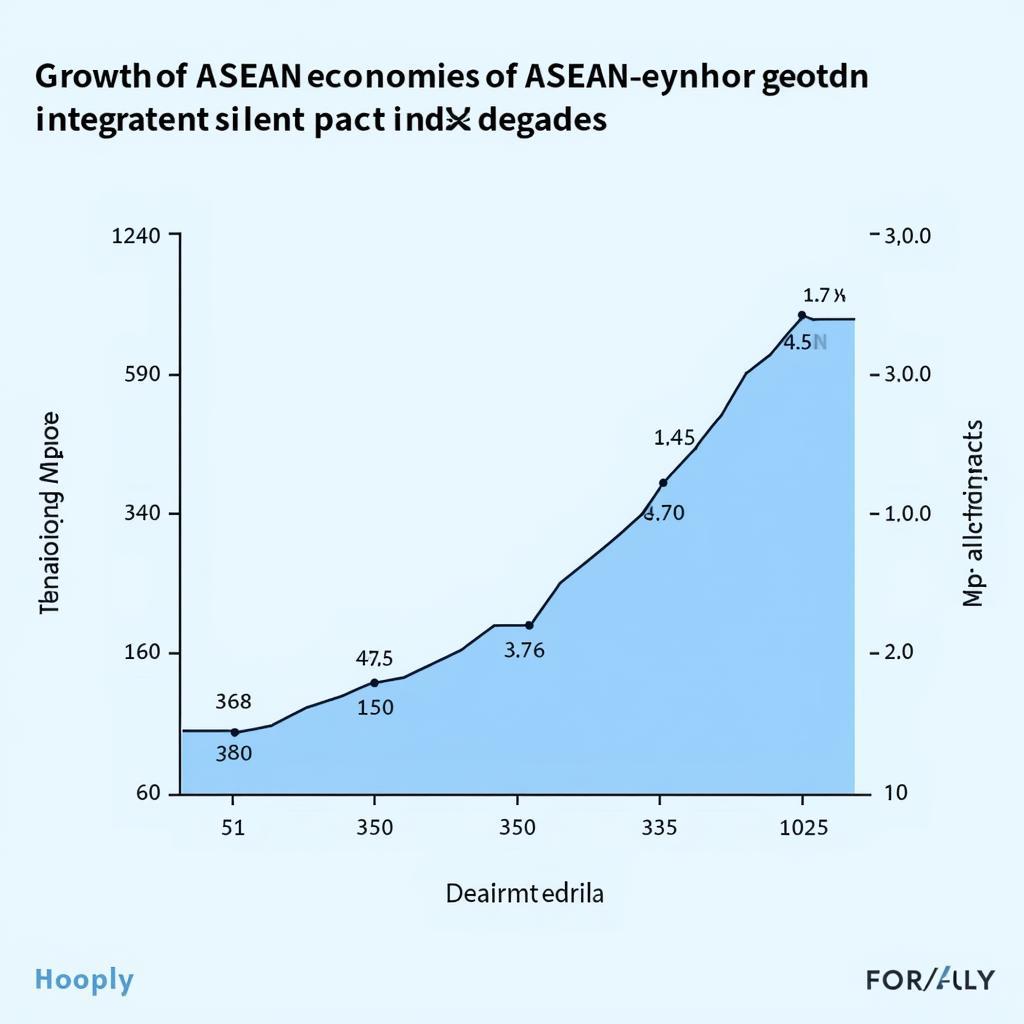ASEAN identity represents a complex and evolving concept, reflecting the diverse cultural tapestry and shared aspirations of Southeast Asian nations. While geographically close and bound by a history of trade and interaction, each ASEAN member state boasts unique traditions, languages, and identities. So how do we define ASEAN identity in the face of such diversity?
Navigating Cultural Diversity and Shared Values
ASEAN identity doesn’t seek to homogenize its member states but rather celebrates their unique characteristics while fostering a sense of belonging and shared purpose. It recognizes that diversity is a strength, enabling ASEAN to leverage a wealth of perspectives, knowledge, and experiences. This approach has been instrumental in ASEAN’s growth as a regional bloc.
Key shared values underpin ASEAN identity:
- Mutual respect for sovereignty: Recognizing the independence and autonomy of each member state.
- Cooperation and collaboration: Working together to address common challenges and achieve shared goals.
- Peaceful resolution of disputes: Commitment to dialogue and diplomacy in resolving conflicts.
- Adherence to the rule of law: Upholding international law and regional agreements.
- Promotion of social justice and human rights: Striving for inclusive and equitable societies.
These values are enshrined in the ASEAN Charter and serve as guiding principles for regional cooperation and integration.
ASEAN Identity in Action: Pillars of Integration
ASEAN pursues its shared vision through the three pillars of the ASEAN Community:
-
ASEAN Political-Security Community: Promoting peace and stability through dialogue, confidence-building measures, and conflict prevention mechanisms.
-
ASEAN Economic Community: Fostering regional economic integration by eliminating trade barriers, facilitating investment, and promoting economic competitiveness.
-
ASCC ASEAN Socio-Cultural Community yang dibentuk dengan tujuan: Strengthening social cohesion and regional identity through cooperation in education, culture, sports, and people-to-people exchanges.
These pillars work in tandem, fostering a sense of community and shared destiny among ASEAN member states and their people.
The Role of Youth and People-to-People Connectivity
Young people are recognized as key drivers in shaping ASEAN identity. Their energy, idealism, and interconnectedness through technology are crucial for building bridges across cultures and fostering a sense of shared belonging. Initiatives like the ASEAN Youth Forum and the ASEAN University Network promote cross-cultural dialogue, understanding, and collaboration.
Challenges and Opportunities: ASEAN Identity in a Globalized World
While ASEAN has made significant strides in fostering a shared identity, challenges remain:
- Economic disparities: Bridging the development gap between member states is crucial for ensuring equitable growth and social cohesion.
- Territorial disputes: Managing maritime disputes peacefully and in accordance with international law remains a priority.
- Non-traditional security threats: Addressing transnational challenges such as terrorism, cybercrime, and climate change requires collective action.
- Maintaining ASEAN centrality: Navigating the complex geopolitical landscape and ensuring ASEAN remains a driving force in shaping the regional architecture.
Conclusion: ASEAN Identity – A Work in Progress
ASEAN identity is not a static concept but rather an ongoing journey of shared experiences, challenges, and achievements. It is a dynamic process of building bridges between diverse cultures, promoting mutual understanding, and fostering a sense of shared purpose.
By embracing its diversity, strengthening regional integration, and empowering its people, ASEAN can continue to forge a strong and vibrant identity on the global stage.

